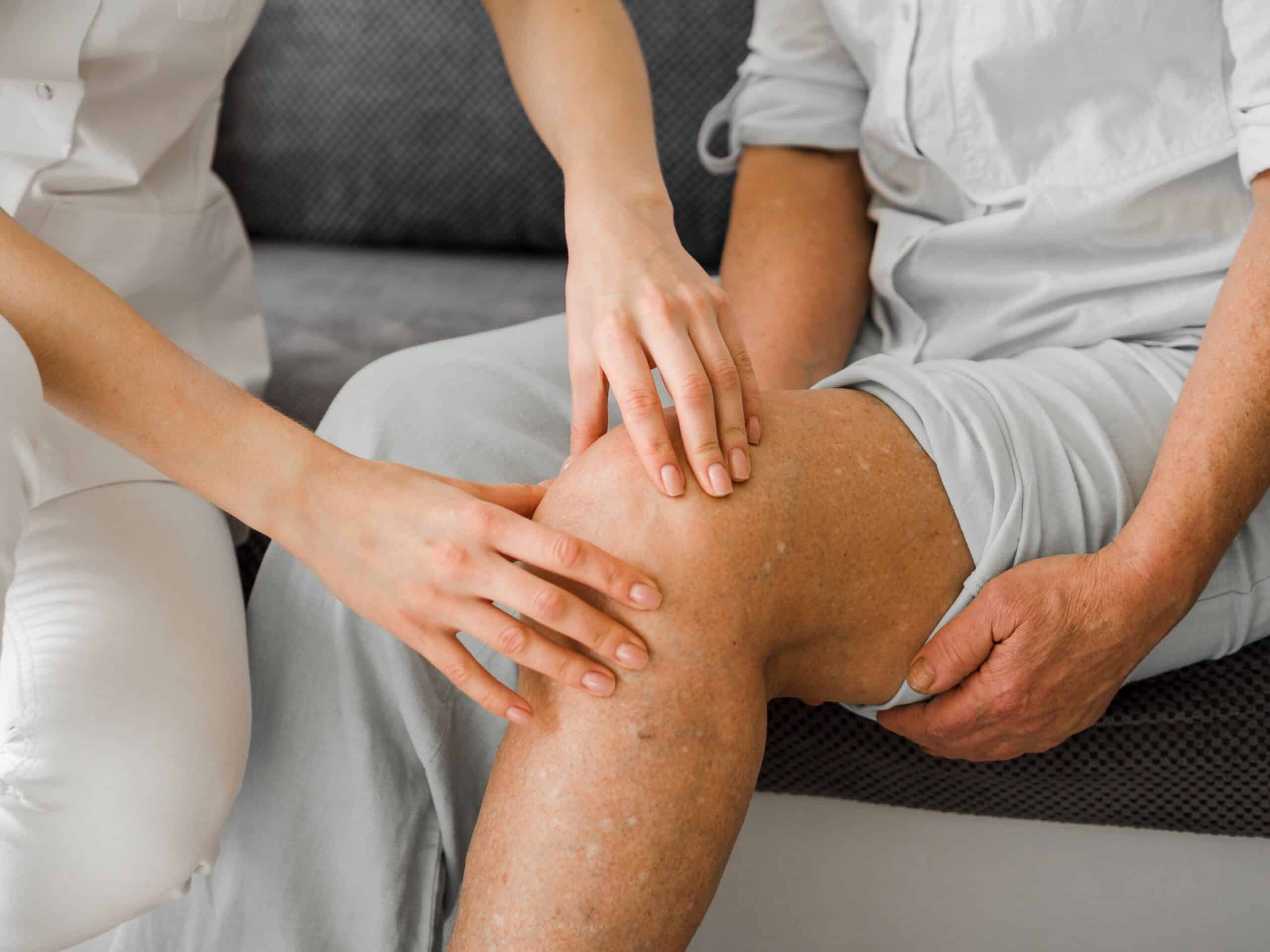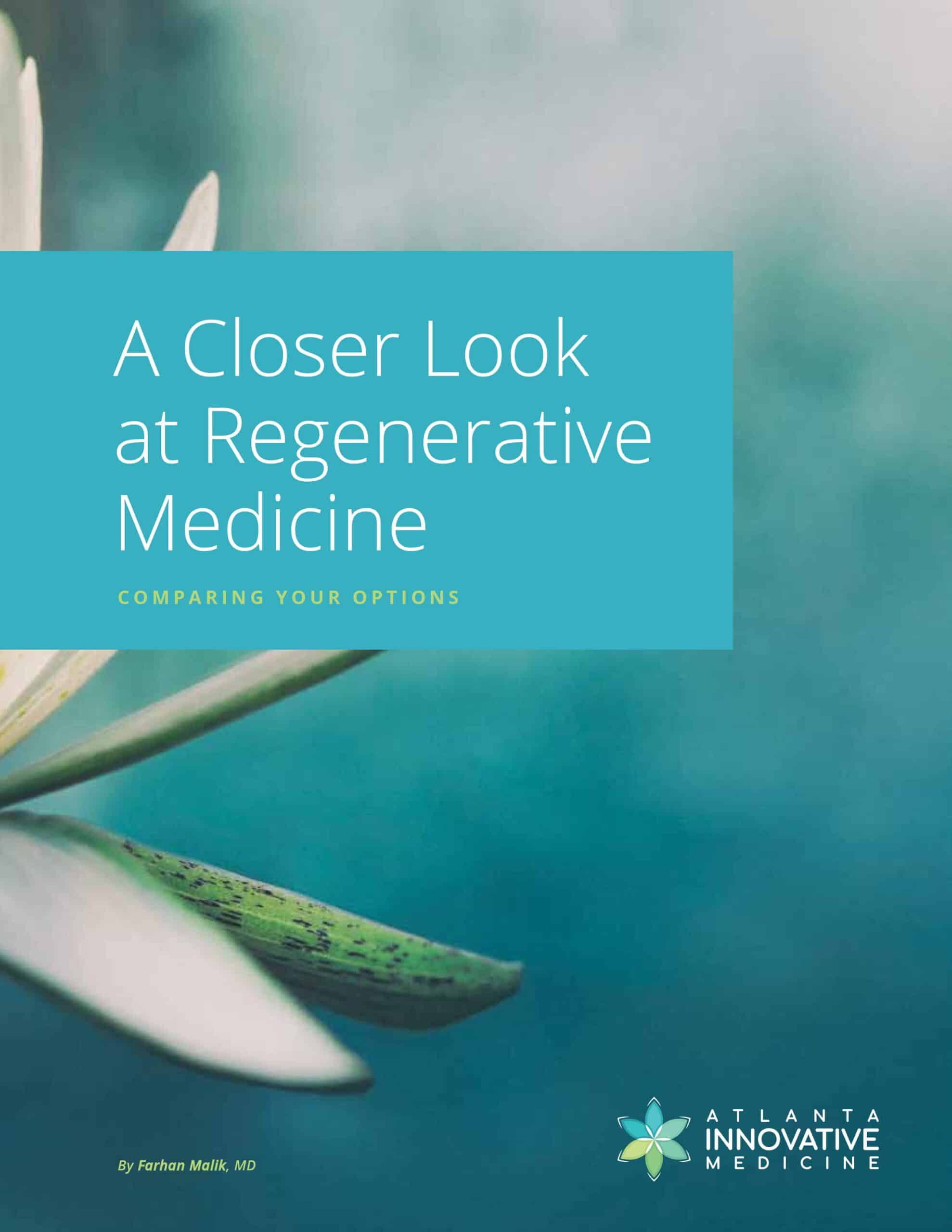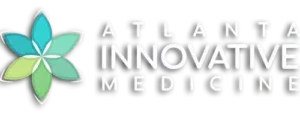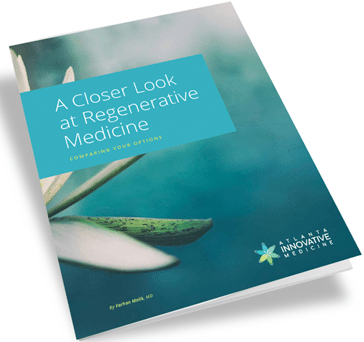By Farhan Malik, MD
Atlanta Innovative Medicine
Is your knee pain keeping you from doing what you love? Have you ever considered PRP injections?
From osteoarthritis to cartilage, ligament, and tendon damage, knee pain can be debilitating—affecting mobility, activity, and sleep quality. While many treatment options are available, some are better than others. PRP injections stand out among these options, offering many patients long-term results with fewer side effects and less recovery time. This treatment, which uses the patient’s own blood to foster healing, is a unique and effective alternative to invasive surgeries.
Atlanta Innovative Medicine is a leading provider of PRP treatments. PRP treatments have gotten notoriety lately, as many studies point to their efficacy and safety, and many professional athletes have turned to them to treat their injuries, getting them back to competition quickly. In this article, we’ll explore the basics of how PRP injections work and how many PRP injections are needed for optimal knee healing. Whether you’re hoping to run a marathon, dominate the pickleball court, or simply join in on activities with loved ones, PRP injections might be the solution you’re looking for, enabling you to regain movement, live with less pain, and get back to doing the things you love.
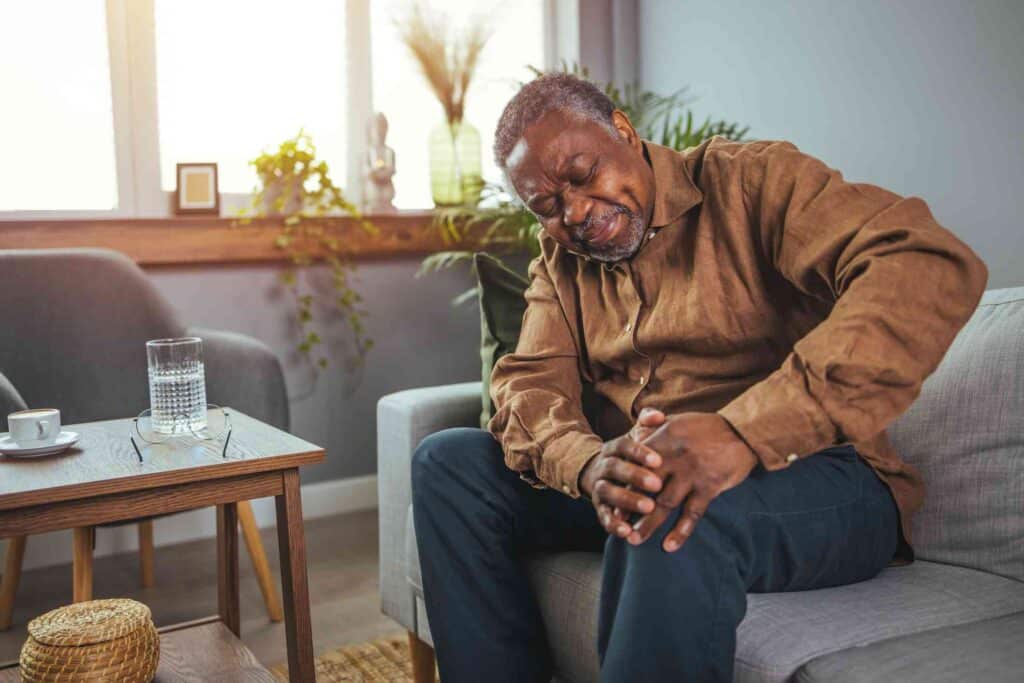
What are PRP Injections?
PRP knee injections are a form of regenerative medicine that uses a patient’s own blood to help heal injuries and treat chronic conditions. PRP injections work by tapping into the body’s natural, powerful healing processes. Platelets from the patient’s blood are separated via centrifuge for use in the injection. Platelets are the blood components that promote clotting and healing, and they also contain proteins called growth factors that are involved in tissue development. This concentrated plasma product contains nearly nine times the concentration of one’s normal blood platelets.
Despite its popularity and efficacy, not all PRP injections or clinics are created equal. At AIM, our expert staff, with their extensive knowledge and refined techniques, creates super-concentrated platelet-rich plasma (SC-PRP) from your blood draw, ensuring you’re in the best hands for your PRP injections.
Receiving SC-PRP injections is a straightforward, nonsurgical procedure comprising three steps.
- First, our specialists will draw a small sample of your blood, which they will collect using a special device.
- Next, the blood is placed in a high-speed centrifuge, which isolates the purest, most potent platelets, creating the super-concentrated platelet-rich plasma that comprises your PRP injection.
- Once the PRP has been isolated, it is ready to be injected into your knee. It is carefully injected using refined techniques to ensure advanced healing and regeneration. Before the injection, we’ll numb the area with a local anesthetic.
That’s all there is to it! It’s simple and quick with zero downtime. Come see us to find out if PRP injections are right for you.
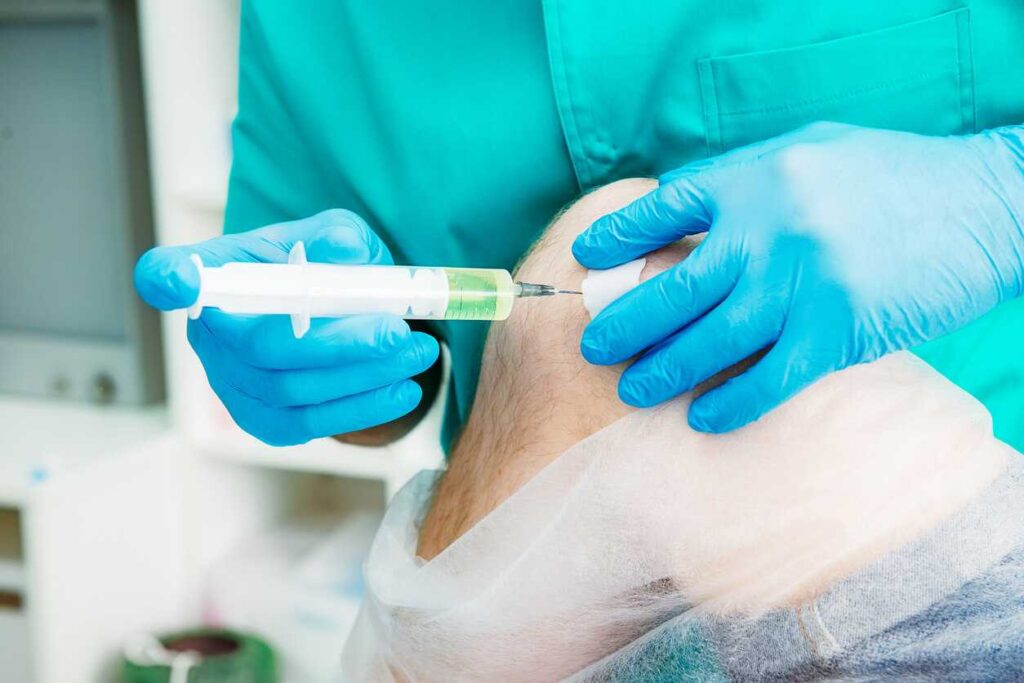
What Are the Benefits of PRP Injection for Knee?
PRP knee injections’ three most significant clinical benefits are healing, pain relief, and improved function. Unlike other treatments, PRP injections accomplish this by treating both the pain and its cause, gathering the body’s natural healing powers, and focusing them directly on the injury site to encourage proper healing. Platelets play a significant role in repairing and maintaining tissue, regulating inflammation, and healing damage or injury. When platelets are activated through PRP injection, their regenerative properties can impact a specific, localized area of the body, like the knee.
A growing list of studies supports using PRP injection therapy for treating knee osteoarthritis pain and other knee disorders. In many of these studies, PRP injections resulted in better long-term results and delayed disease progression and cartilage loss, preventing the need for invasive surgeries in some patients. While PRP injection doesn’t work for 100% of patients, our team can help determine if it might be effective for your knee pain. PRP injections are often used as part of the treatment plan for knee injuries like:
- Meniscus tears
- Cartilage damage
- Chronic tendon injuries
- Ligament tears
- Runner’s Knee
- Knee Osteoarthritis
When the goal of treatment is reduced pain and increased function, the success rate for PRP treatments is high, often resulting in long-term recovery and a shorter recovery time. While PRP injection does not grow new cartilage, it’s proven to slow down its degeneration and kickstart your body’s own regenerative processes.
PRP Injections for Knee vs. Other Knee Pain Treatments
When conservative treatments and therapies aren’t working quickly or effectively enough, many patients choose PRP treatment to enhance the process of repair while decreasing their recovery time. Studies suggest that compared to other treatments, like cortisone injections, PRP injection for the knee is equally as effective, its effects last longer, and it treats both the knee pain and its cause. Additionally, corticosteroid injections result in adverse side effects in up to 90% of patients. In contrast, the side effects of PRP injection for the knee are mild and rare, ensuring your safety and comfort.
At AIM, we often couple PRP injections with other supportive treatments, like physical therapy, especially for conditions like knee osteoarthritis. Physical therapy can help strengthen the muscles around the knee, improve flexibility, and enhance the effects of PRP injections. One study found that when used to treat osteoarthritis, a PRP injection for the knee paired with physical therapy resulted in much less pain and a more successful, long-term return to activity compared to only treating with physical therapy, the previous standard of care for osteoarthritis. At AIM, our patients experience results that are in line with these findings, returning to activity with improved quality of life.
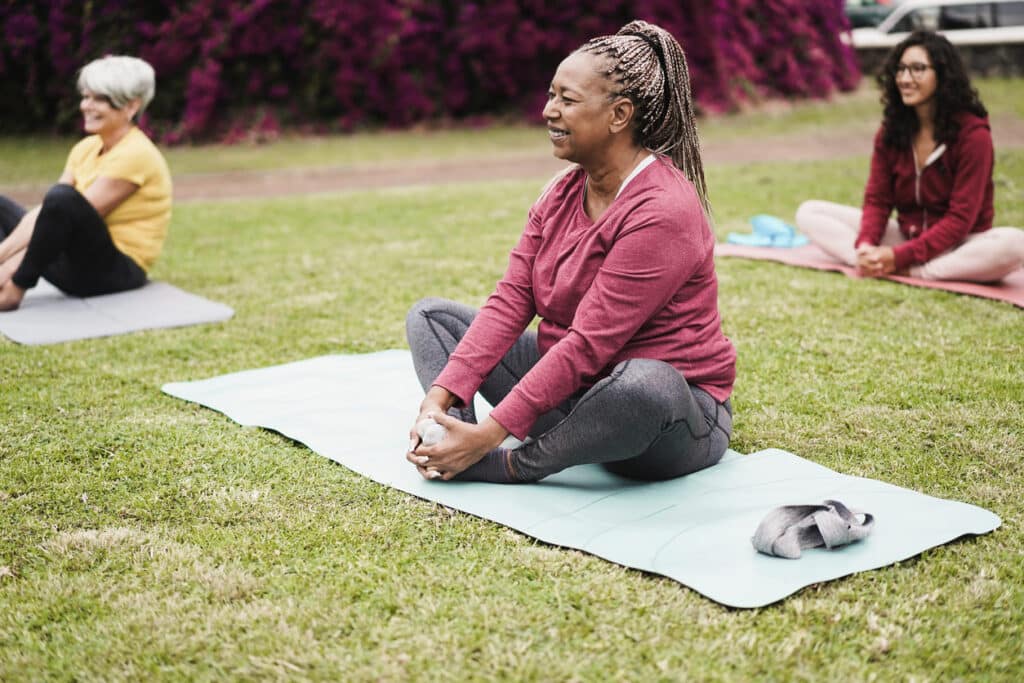
How Many PRP Injections Are Needed?
The short answer? It depends. The optimal number of PRP injections for knee pain varies on individual factors such as severity and type of injury, age, and overall health. Typically, 2-3 injections spaced several weeks apart are the recommended plan, but there is no limit to how many PRP injections you can have. Our board-certified experts can help determine how many PRP injections are right for you and at what interval. We’ll monitor you every step of the way, ensuring you’re on the right path to healing and that the treatment is effective for you.
How Long Does it Take for PRP to Work on Knees?
While some patients may observe an improvement in their condition within the first week following their PRP injection, it’s important to understand that the full benefits of PRP treatments often take time to manifest. On average, PRP injections can take several weeks to show improvement.
It’s crucial to emphasize that the effects of PRP injections extend beyond the initial treatment phase. One significant advantage of PRP injection for the knee is that it initiates a long term healing process that can last up to a year after the treatment. This means that even if you don’t experience the immediate improvements you were hoping for, the regenerative effects of PRP continue to work within your body, promoting healing and alleviating symptoms.
The gradual and sustained improvement offered by PRP injections sets it apart as a comprehensive and effective treatment option for knee pain and injuries. The continuing healing process ensures that you may experience ongoing benefits and enhanced functionality, providing lasting relief and improved quality of life. If you have any questions about the timeline of improvement or the expected outcomes of PRP treatments, our team of experts at Atlanta Innovative Medicine is here to provide you with the support and guidance you need.
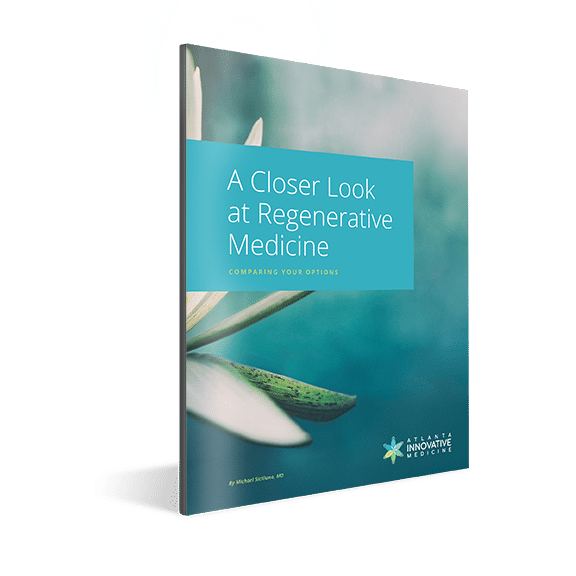
Subscribe for Expert Insights and Our Ebook
A Closer Look at Regenerative Medicine: Comparing Your Options Learn about treatment options like Platelet Rich Plasma (PRP), Prolozone Therapy, and Stem Cell Therapy.
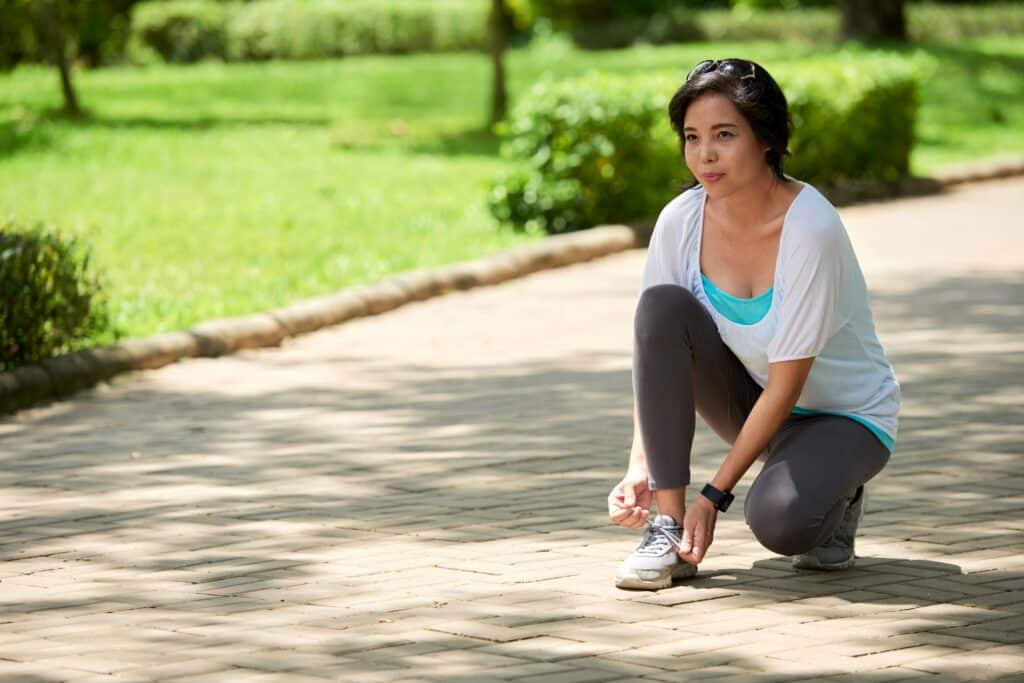
Potential Side Effects of PRP Injections
PRP injections are generally safe and well-tolerated; however, as with any medical procedure, there are potential side effects to be aware of. These side effects are typically mild, temporary, and localized to the injection site.
One of the most commonly reported side effects of PRP injections is mild pain or discomfort at the injection site. This discomfort is usually short-lived and easily managed. Additionally, some patients may experience temporary swelling or bruising in the area. While this may cause some initial discomfort, it typically resolves within a few days as the healing process begins.
Stiffness can also occur as a temporary side effect of PRP injections. This stiffness is often a natural response as the body begins its healing process and should subside as your body adjusts to the treatment. In rare cases, minor bleeding at the injection site may occur. This is usually minimal and stops on its own quickly.
These potential side effects are typically minor and of short duration. Please contact us if you have any concerns about side effects or experience any unusual symptoms following your PRP injection. Your safety and wellbeing are our top priorities at Atlanta Innovative Medicine, and our team is here to ensure you have a positive and comfortable experience.
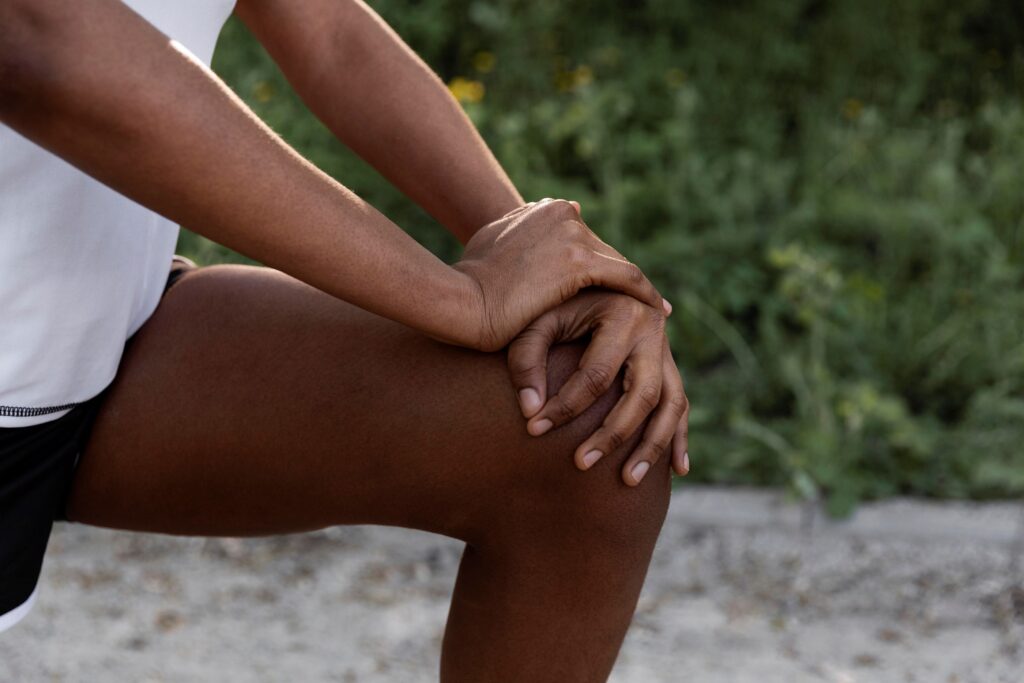
Start Your PRP Injection for Knee Journey Today
A simple procedure with a high success rate and short recovery time, PRP injection therapy has become a favorite for anyone suffering from chronic or acute knee pain.
We understand that there are many causes and contributing factors to knee pain. At AIM, we can determine if a series of PRP injections for knee pain is suitable for you and if any other supportive treatments, like physical therapy, would be a good part of your treatment plan. Movement is essential to living a joyous life. Whether you’re a top athlete or simply looking to resume your favorite leisure activities, the ability to live without debilitating pain is something everyone deserves, and the board-certified, dedicated professionals at AIM can guide you through a tailored treatment plan just for you.
Book your consultation with Atlanta Innovative Medicine today. We can discuss how PRP injections for knee pain can help you get back to doing what you love. Don’t let knee pain hold you back any longer. Start your journey to healing and mobility with AIM.
Quizzes
Are you a candidate for Regenerative Medicine?
Regenerative medicine can be an effective therapy and treatment option for lasting pain relief for a variety of conditions like osteoarthritis of the knee, hip or shoulder; ACL or meniscus tears; tennis or golfer’s elbow; chronic neck and back pain; and more.
Is it right for you and your condition? Take 1 minute to answer a few “yes or no” questions that help to assess if you might be a candidate for PRP, stem cell or other nonsurgical regenerative treatments.
Are You a Stem Cell Candidate for Your Joint or Spine Damage?
Are you a candidate for Platelet Rich Plasma (PRP) Therapy?
Do I have nonsurgical options for my injured or aging joints?
Take the Pain Medications Risk Quiz
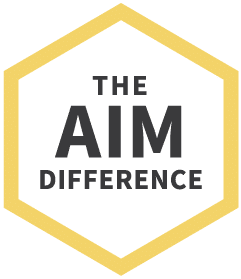
Regenerative Medicine.
Reimagined
- Advanced hybrid therapies, including Mesenchymal Stem Cell therapy combined with different mechanisms of action that synergistically come together to support ultimate healing
- More powerful PRP that’s customized, amplified and personalized
- Therapies delivered by an experienced, compassionate team comprised of multidisciplinary experts in traditional and alternative medicine working as your team: Medical Doctors, Nurse Practitioners, Physiotherapists and Chiropractors
- Advanced training through the American Academy of Orthopedic Medicine, the American Osteopathic Association of Prolotherapy Regenerative Medicine, and more
All content of this page is for informational purposes only and is not intended to serve as a substitute for the consultation, diagnosis, and/or medical treatment of a qualified physician or healthcare provider. Individual results may vary. Your medical professional can explain all the risks and potential benefits of any therapy based on your specific circumstances. At this time regenerative therapies are not FDA approved. Neither Atlanta Innovative Medicine nor its physician affiliates promise regenerative therapies as a cure for any condition, disease, or injury.
Other Atlanta Areas We Service:
© 2024 Atlanta Innovative Medicine, LLC. All Rights Reserved. AIM Scholarship Opportunity

